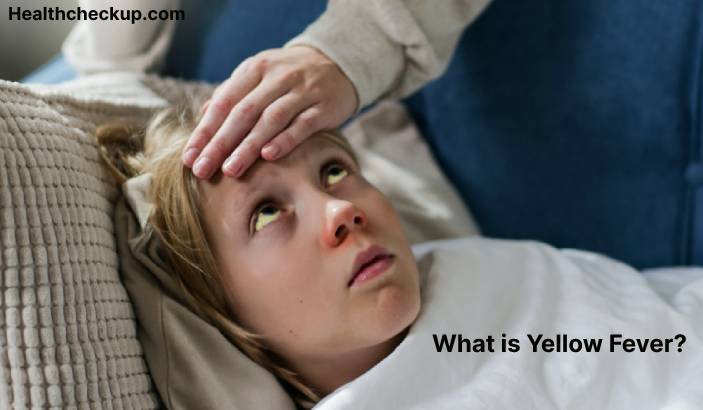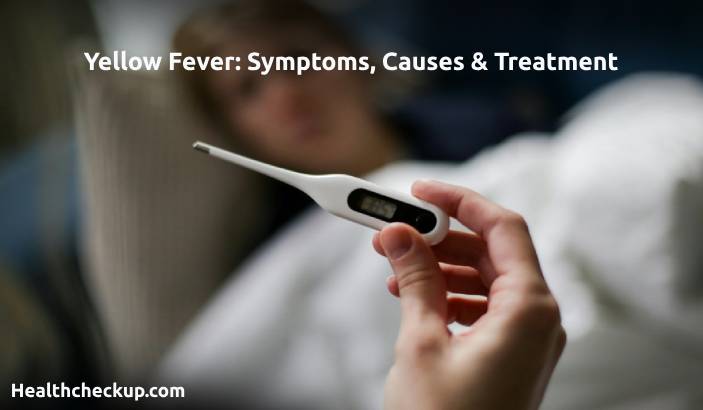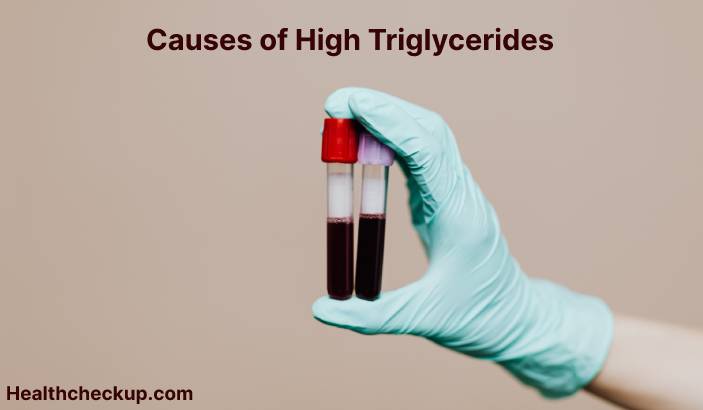Yellow fever is a viral disease that is transmitted to humans through the bite of an infected mosquito. It is found in tropical areas of Africa and South America. Yellow fever is characterized by fever, jaundice (yellowing of the skin and whites of the eyes), and liver damage.
Symptoms of yellow fever may include:
- Fever
- Headache
- Muscle pain
- Back pain
- Loss of appetite
- Nausea and vomiting
- Fatigue
- Jaundice
- Abdominal pain
- Bleeding
In severe cases, yellow fever can lead to serious complications, such as organ failure and death. The risk of complications and death is higher in older adults and in people with underlying health conditions.
Diagnosis of yellow fever is typically based on the presence of symptoms and a history of travel to an area where yellow fever is present. It may also involve laboratory tests to confirm the presence of the virus.
Treatment of yellow fever viral disease is supportive, focused on managing symptoms and preventing complications. This may include medications to control fever and pain, and measures to prevent the spread of infection to others. There is no specific treatment for yellow fever.
Yellow fever virus can be prevented through the use of a vaccine. The yellow fever vaccine is recommended for people who are traveling to areas where yellow fever is present, and it is often required for entry into certain countries. In addition to vaccination, it is important to avoid mosquito bites by using mosquito repellents and wearing protective clothing. If you are experiencing symptoms of yellow fever or have been exposed to the virus, it is important to seek medical attention as soon as possible. Follow the recommendations of your healthcare provider to help manage your symptoms and to reduce the risk of complications.








